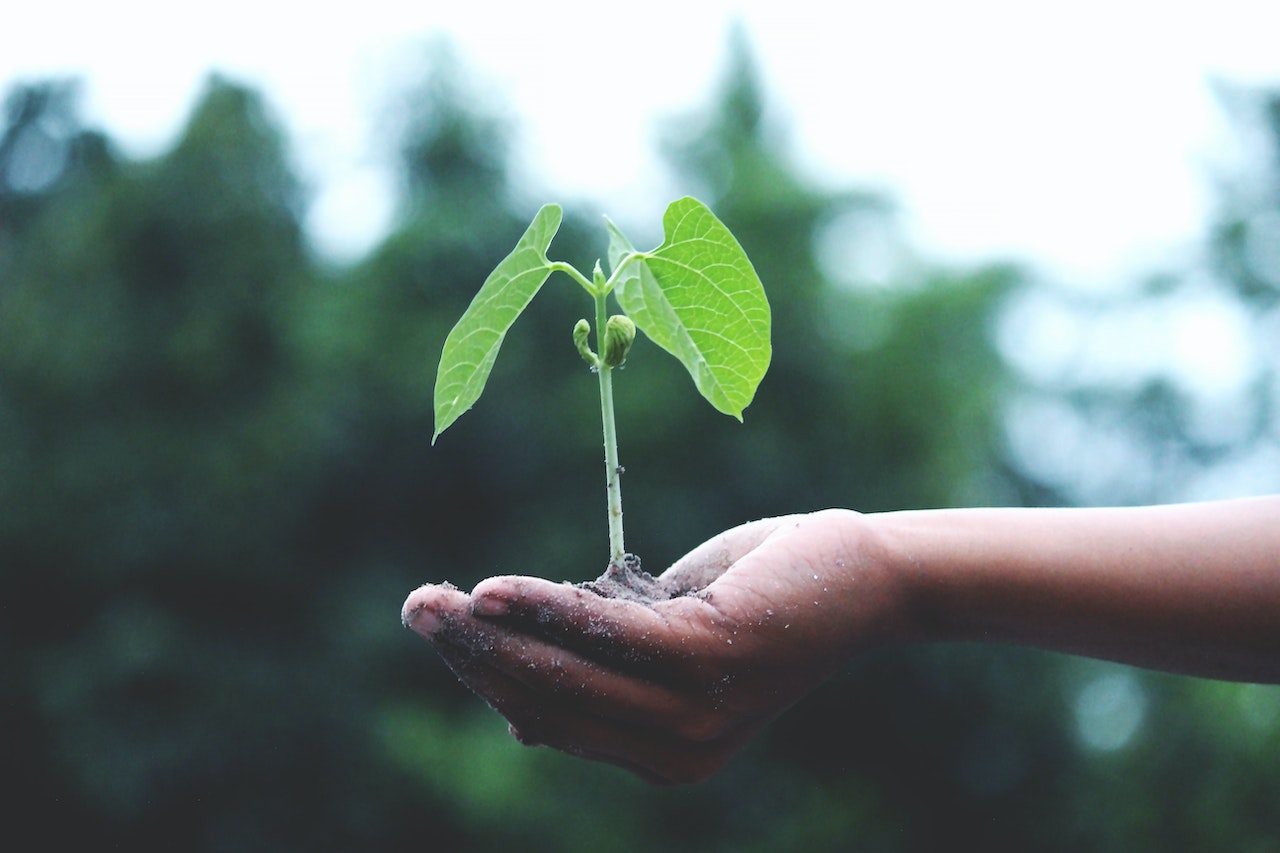This post was originally published on Sustainability Matters
With a growing focus in corporate and business circles on waste management, the circular economy and sustainable resource consumption, Waste Expo Australia 2023 comes at an opportune time for leaders to discuss trends, challenges and opportunities for the sector.
With a core theme of ‘Advancing Towards Sustainable Resource Recovery’, Waste Expo Australia features a multi-stream conference and exhibition that will showcase the best and brightest of the waste industry in Australia. Held at the Melbourne Convention and Exhibition Centre over two days from 25–26 October, attendees interested in resource recovery, sustainability, environment and circularity will have plenty to discover.
The annual conference attracts over 2700 attendees and 60 conference speakers over four streams hosting 100 sessions including:
- Reuse is the way to go! Say goodbye to single-use, presented by Sandra Mack, Sustainability Victoria.
- An opportunity not to waste: The case for collaboration across the value chain, presented by Richard Pittard, Cleanaway.
- The central role of waste to energy in a circular economy, presented by Benoit Englebert, Keppel Seghers.
- Close the Loop — Turning problem plastic waste into high-value products within the same community the waste was generated, presented by Steve Morriss, Close the Loop.
Consultant and innovator Scott McArdle will contribute to several sessions in the Waste to Energy stream, addressing new technologies on the waste-to-energy scene. McArdle’s company, Zerogen, is investing in waste to hydrogen (WXH) technology, which he says has a key role to play in decarbonising both the waste economy and regional economies.
“The waste-to-energy sector is an under-utilised area of impact when it comes to addressing waste management challenges and supporting sustainable solutions. There are several key issues facing the industry in Australia, including policy and regulatory challenges, waste composition and investment.”
Outside the conference, more than 100 international and domestic suppliers will exhibit including Bucher Municipal, EEA Group, Repurpose It, Komatsu, Eldan Recycling and TOMRA Collections, making Waste Expo Australia a good sourcing platform for waste and resource recovery sectors fostering an environment that encourages innovation, robust discussions and idea generation among industry leaders.
Warrick Grime from Bucher Municipal says the opportunity to connect with the industry over two action-packed days is a time-efficient one.
“The waste management industry is in a period of transformation, with ideas like circularity and sustainability coming to the forefront of the national conversation. Being on the ground to connect with fellow industry at Waste Expo Australia allows us to form valuable relationships and share ideas to move the industry forward.”
Waste Expo Australia is strongly supported by industry associations, with the Victorian Waste Management Association (VWMA), Australian Institute of Packaging (AIP) and Australian Organics Recycling Association (AORA) all playing key roles in the event’s programming.
Both the conference and exhibition are free to attend, with registrations open now. Register to attend Waste Expo Australia 2023 at www.wasteexpoaustralia.com.au.





0 Comments